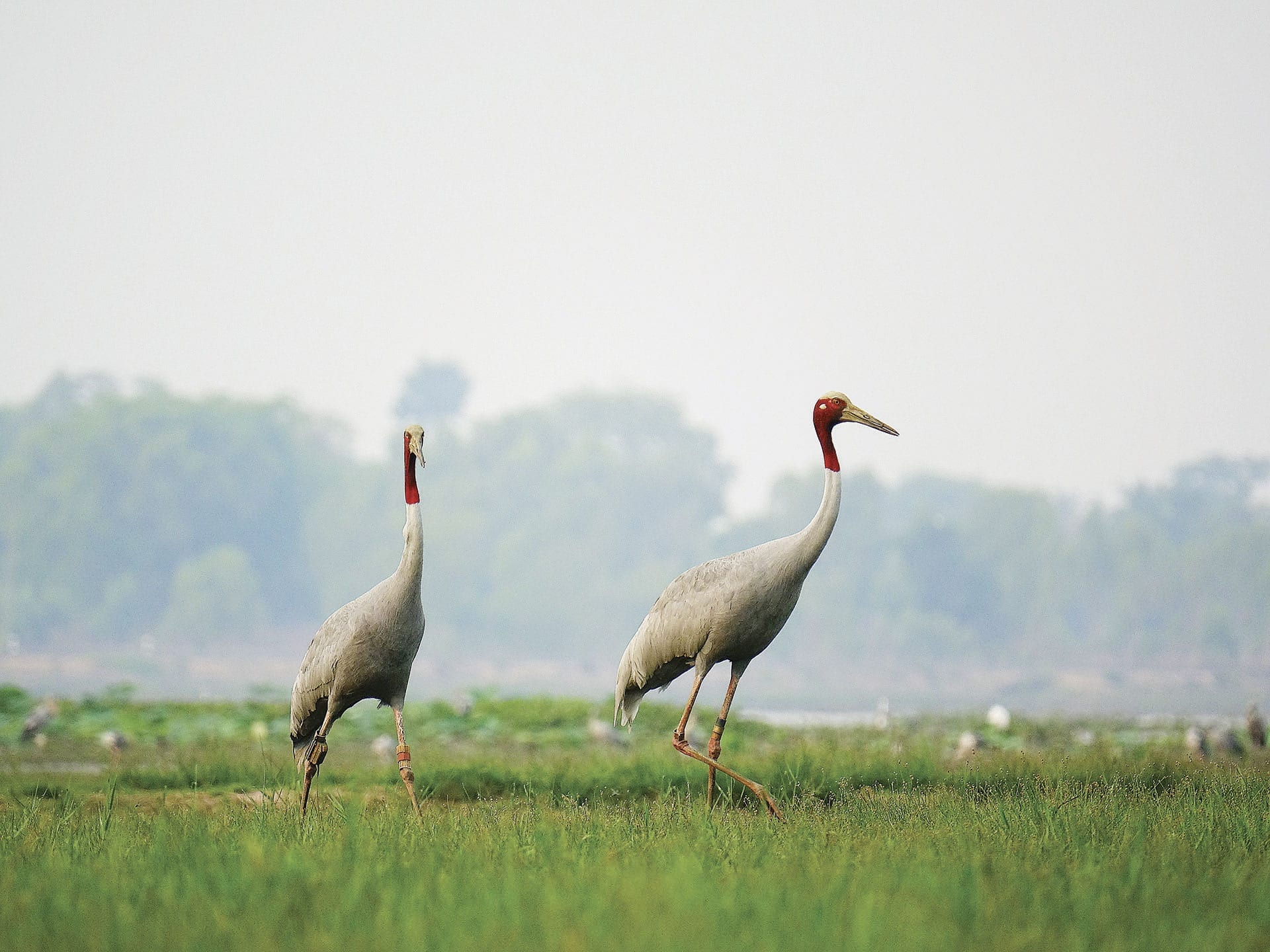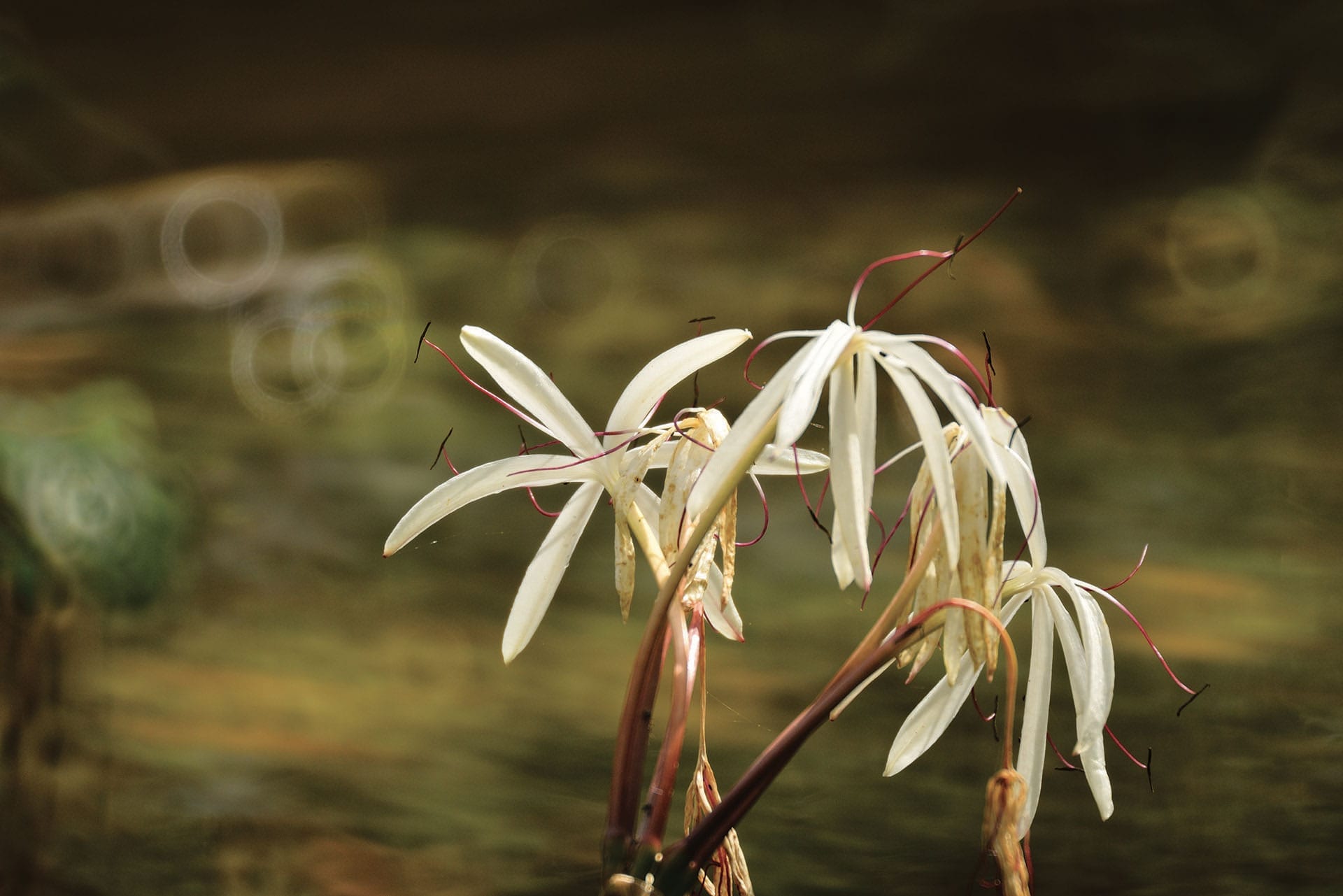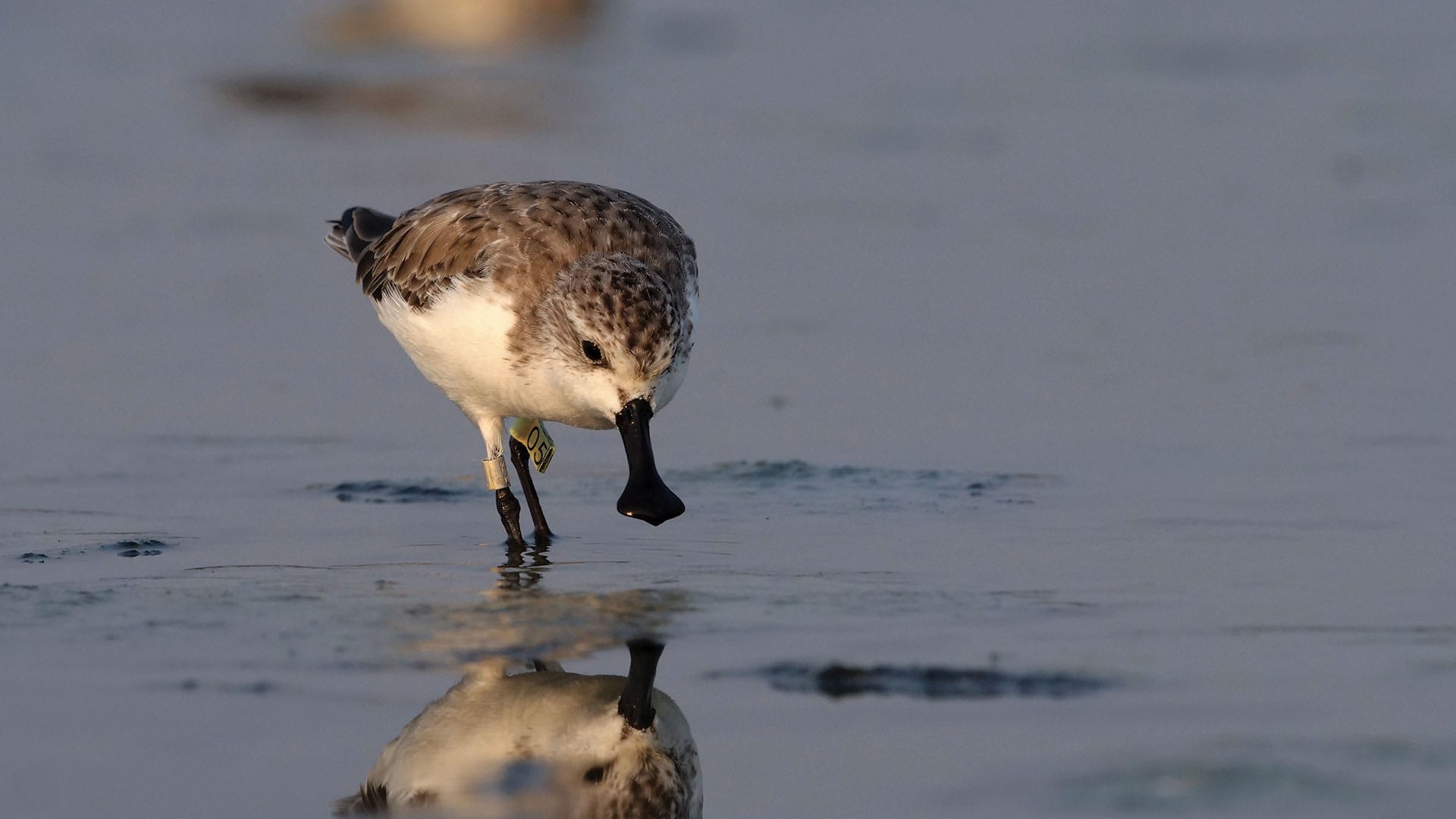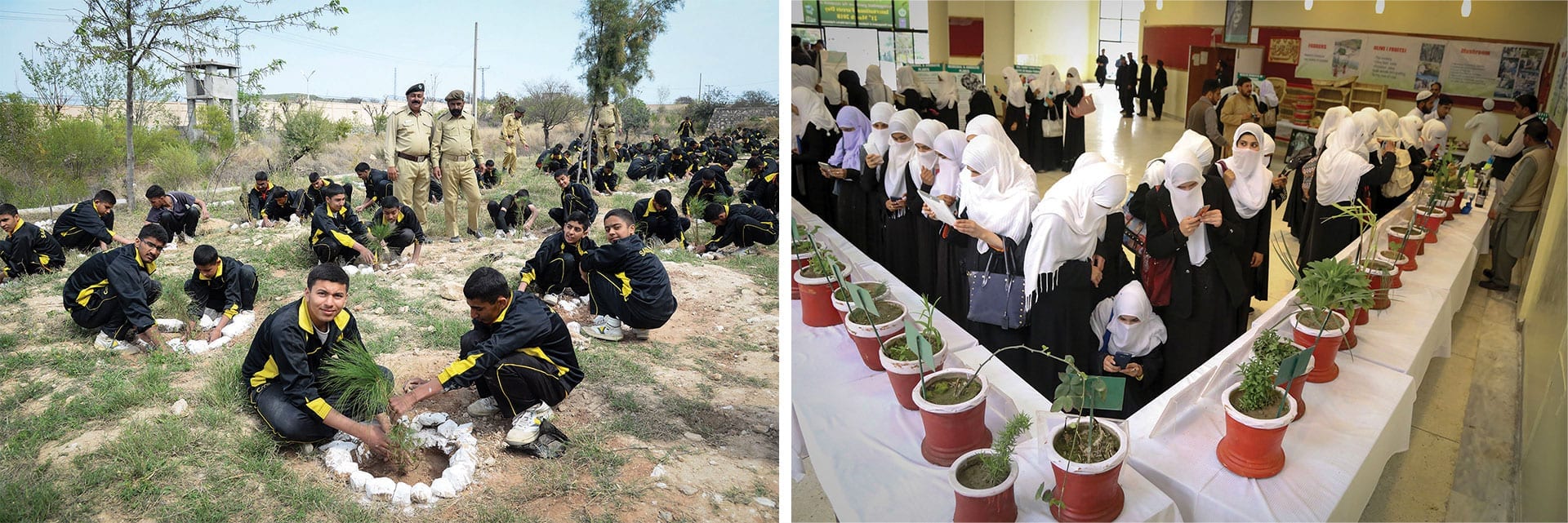This year signals the end of the Decade on Biodiversity (2011-2020). The goals of the Convention on Biological Diversity (CBD) – to protect biodiversity, to use components of biodiversity sustainably, and to share the benefits arising from genetic diversity equally – will be carried over into a post-2020 global biodiversity framework to fulfil the 2050 vision of Living in Harmony with Nature. In this vision, biodiversity is valued, ecosystem services maintained, and a healthy planet sustained, thereby delivering benefits for all.
Backing Biodiversity
19 March 2020

In October 2020, the 15th Conference of the Parties (CoP) to the CBD will convene in Kunming, China, in order to work towards this long-term vision based on the progress made over the past decade. In parallel, the UN Decade on Ecosystem Restoration (2021-2030) will further catalyze efforts to blend landscape restoration with biodiversity conservation.
To take stock of the achievements that have been made in biodiversity work, this VIEWS focuses on the work of the UNDP’s global biodiversity program. Throughout the UN Decade on Biodiversity, the UNDP has helped address biodiversity loss and ecosystem degradation in 3,000 protected areas spanning 680 million hectares in more than 140 countries, providing development planning to more than 250 million hectares of productive landscapes and seascapes around the world in order to preserve biodiversity. Here are highlights of their work across Asia.














Pakistan
Pakistan has only 5% forest cover, but is highly rich in both ecosystem and species biodiversity, where such ecosystems are still intact. However, unsustainable forest management practices and a high dependency of local communities on forests to meet a wide variety of needs often results in deforestation and degradation of forest ecosystems.
The Sustainable Forests Management (SFM) Project was launched as a joint venture financed by the Global Environment Facility (GEF) through UNDP, and implemented by the Ministry of Climate Change through provincial forest and wildlife departments in Sindh, Khyber Pakhtunkhwa, and Punjab provinces. The project promotes SFM in Pakistan’s Western Himalayan Temperate Coniferous, Sub-tropical broadleaved evergreen thorn (scrub), and Riverine forest types, for biodiversity conservation, mitigation of climate change, and enhancement of ecosystem services for local communities.
These project efforts support Pakistan’s broader ambitious goal to plant 10 billion saplings. On 2 September 2018, the government held 200 launch ceremonies across the country, enthusiastic citizens helped plant 2.5 million saplings in one day.
Extracted from 10 Billion Trees – Reversing deforestation, tackling climate change and managing forests sustainably in Pakistan photo essay: undp-biodiversity.exposure.co/10-billion-trees
Thailand
Thailand’s rapid development over the last three decades has led to the over-exploitation of natural resources, land degradation, loss of habitat, and increased water and air pollution. 575 native species are listed on the IUCN Red List of globally threatened species and 1,058 are nationally threatened species on Thailand’s Country Red List.
Conserving Habitats for Globally Important Flora and Fauna in Production Landscapes project has strengthened laws and policies, improved co-ordination and monitoring of critical habitats for endangered species and has helped conserve the habitats of three endangered species in three areas: the Eastern Sarus Crane, the Spoonbilled Sandpiper, and the Water Onion – colloquially referred to as ‘water lily’.
Extracted from Co-Operation for Co-Existence – Yielding success for three endangered species in Thailand, conserving productive habitats, and finding solutions that are mutually beneficial for people & planet photo essay: undp-biodiversity.exposure.co/ cooperation-for-coexistence
China
The Altai Mountains includes forests, grasslands, and wetlands of the Urungu River, and is the source of the Irtysh River. It provides water to the northern part of Xinjiang, vital to both people and wildlife in the region. But the increase of human activities such as overgrazing, infrastructure construction, tourism development, and mining are threatening biodiversity.
Funding from the Global Environment Facility (GEF) and UNDP support there have led to significant reductions in the threats to global biodiversity from incompatible development projects, resulting in an additional protection of 150,000 ha of terrestrial landscapes. Improvements were also made in protected areas management, institutional capacity, and financial sustainability.
Extracted from Common Threads – Protecting the Altai Mountains and wetlands in Northwest China photo essay: undp-biodiversity.exposure.co/common-threads
